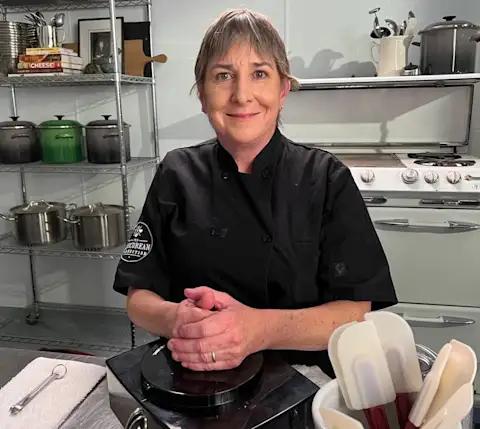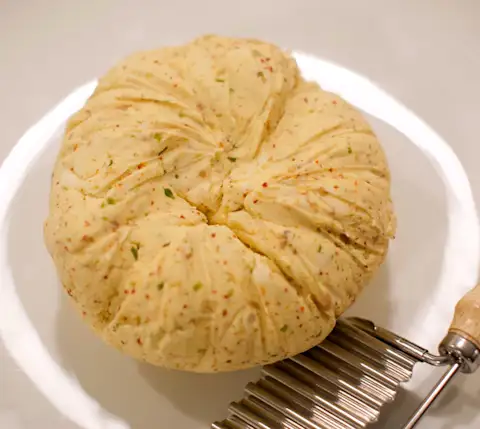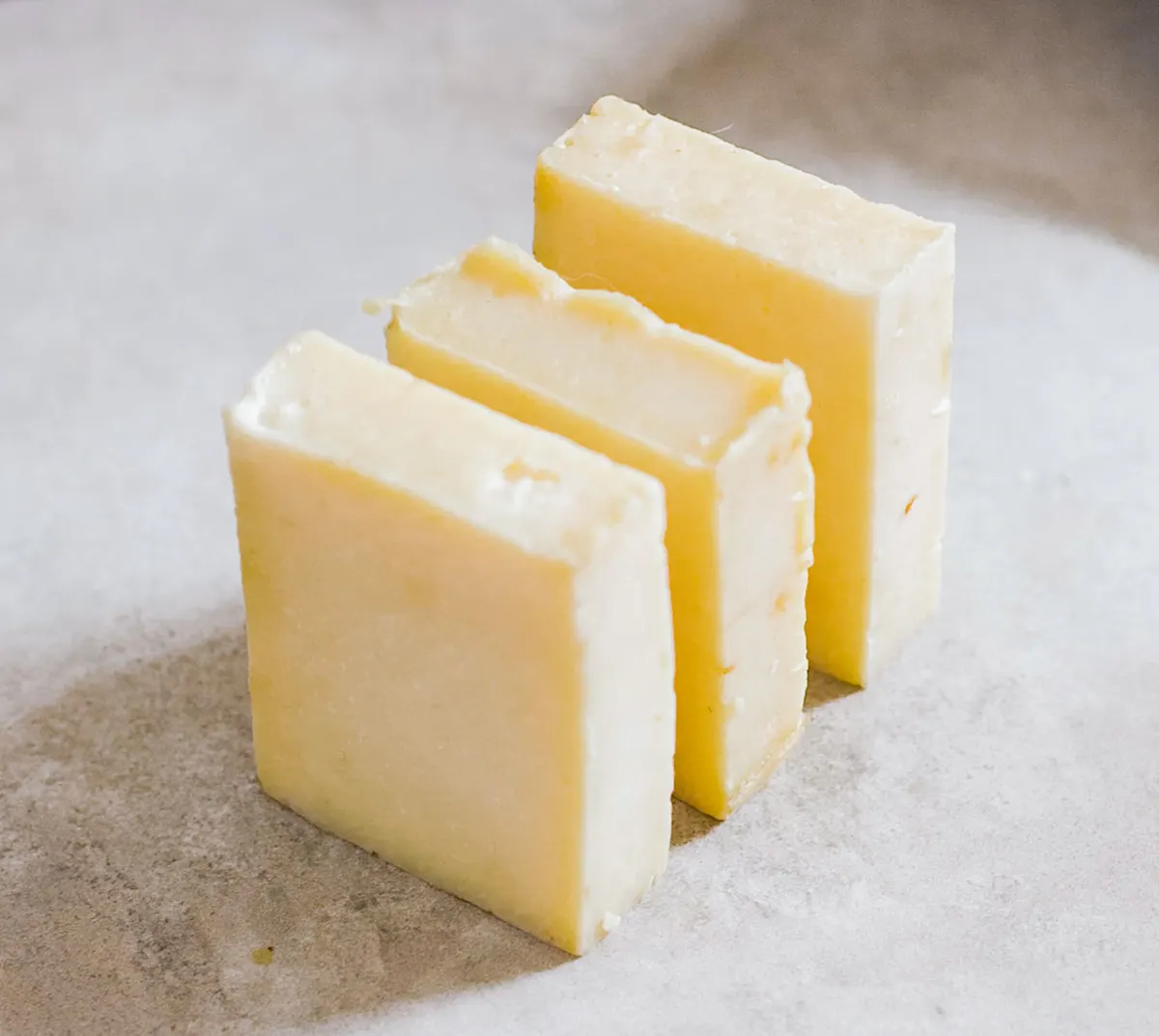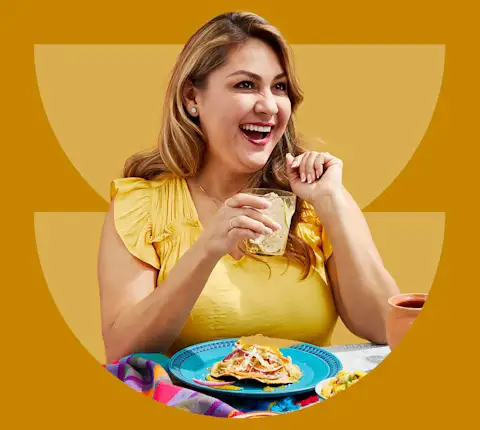Sure, butter is a kitchen workhorse. But it can be so much more than that. For months, vodka butter, butter candles, and butter boards have been trending on TikTok. A popular coffee chain recently introduced a brown butter toffee latte. Great butter deserves all this love: it has the power to elevate a meal and shine on its own.
But what exactly is great butter versus just… butter? The answer is complex, but a major feature of high-end butters is their elevated fat content. Standard grocery store butter clocks in at about 80 percent fat. Sheana Davis, co-author of “Buttermonger” and a specialty food purveyor to acclaimed restaurants, suggests looking for higher fat or cream content. “More cream equals more flavor,” she says. Eighty-three percent fat is the norm for European butters, and many domestic makers also offer higher buttercream options. Amish butter has a higher butterfat content than most American-style varieties, typically around 85 percent.

Davis fell in love with French butter, which tends to be cultured (more on that, soon), when working with the legendary food writer M.F.K. Fisher early in her career. She still seeks out French brands, but she says American dairies have seriously stepped up their butter acclaim. She has worked with local producers like Straus Family Creamery and Clover Stornetta Butter in Sonoma County, California, where she’s based, to make and market premium butter that takes whatever food it touches to a whole new level. Sonoma “is now called wine country,” she says, “but it has always been dairy country.”
If you can snag a cultured butter, do. As the name implies, cultured butter is butter to which live cultures (like the ones used to turn milk into yogurt and buttermilk) have been added during the production process. “The cultures give an extra tang and a fuller flavor to the butter,” explains Davis. “But buy local if you can,” she urges. Grass-fed butters tend to be uniquely flavorful and full of depth, as the terroir (sun, soil, and sense of place) is reflected in the butter.

Janeé Muha, aka the Mobile Monger, loves both Rudolph and Isigny butter (find the latter at Tacoma, Washington’s Metropolitan Market and LA’s Monsieur Marcel Gourmet Market, among many other specialty markets). “It feels like I’m doing something special for myself; I always always make sure to have some around my house,” she says. Also recommended: butter from Nordic Creamery, Cabot, Carr Valley, and Vermont Creamery. (Muha says Vermont Creamery’s maple butter, a seasonal specialty, is “one of my favorite things on earth.”) You can find many of these brands at grocery stores like Albertsons and Vons — after you try them, it will be hard to go back to ho-hum sticks. They are packed with richness and complexity of flavor that satisfies taste buds and soul.
Muha gets why there’s renewed interest in quality butter. “It’s the perfect recession-proof food trend. You can find good-quality butter even in rural places—from a local farm, an Amish farm, or even the grocery store.”
You need compound butter in your kitchen.
Now that you’re supplied with the best butter you can find, it’s time to start enhancing and experimenting. Davis crafts whimsical compound butters using Cinnamon Toast Crunch or Fruit Loops, and seasonal versions, like her spring butter with fava leaf, sorrel, green garlic, and Meyer lemon, which she sells to her wholesale clients and serves via her catering company. For a butter class she taught at a New York City restaurant, she walked the staff through creating savory bone marrow butter. With a candy store, she teamed up to make multiple flavors of jelly bean compound butter.

Davis’s “Buttermonger” book includes a primer on butter varieties, shopping, and storage tips, along with over 60 recipes for sweet butters, butter preserves, cheese butters, cocktail butters, and even vegan butter alternatives, like a cashew basil spread made with soaked cashews and plenty of garlic. But arguably the stars of the show for home cooks are the recipes for compound butter (or "beurre composé" in French). These are butters mixed with ingredients that add sweet or savory flavors. Traditionally, that’s honey, herbs, and shallots, but tradition is for the tentative!
Compound butters are a versatile, valuable condiment to keep on hand. You can store a stick of butter seasoned with, say, harissa or hoisin in the freezer, then slice it whenever you want to add richness to a huge variety of dishes.
Take Davis’s bacon brown sugar butter. It’s simple to prepare. Just whir room temperature unsalted butter, brown sugar, bacon crumbles, and black pepper in a food processor until smooth — or mix it by hand in a bowl, if you don’t mind an arm workout. The reward for your work: You can pull it out of the fridge at will to spread on cinnamon muffins for a breakfast treat, melt on a baked potato for lunch, or toss with roasted green beans for dinner. It lasts in an airtight container for about four weeks, or pop it in the freezer if you want to buy more time.
“Over my career, I’ve seen many ingredients come in and out of fashion,” says Davis, "but butter has always remained a staple. Butter has served as the fundamental thread in my culinary career, like a north star that has remained as constant as my love of cooking.” Finally, the rest of the world is catching up with Davis’s butter passion.
Muha puts it more simply: “Butter makes you happy,” she says. “Which is huge.”
Shop GroceryPhoto credits:
Sincerely Media on Unsplash
In-article photos courtesy of Sheanna Davis






